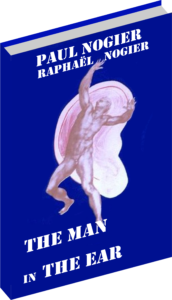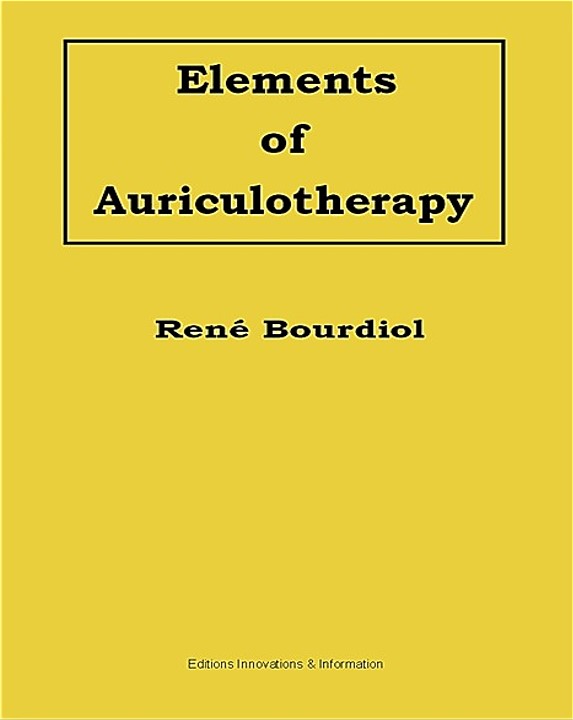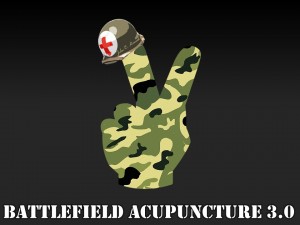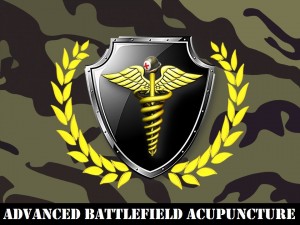Investigation of a Micro-test for Circulatory
Autonomic Nervous System Responses
Aims and Objectives: The autonomic nervous system plays an important role in homeostasis and organismic recreation, control of immune function, inflammation, and bone growth. It also regulates blood pressure and orthostasis via vagal and sympathetic pathways. Besides recording of heart rate variability (HRV), which characterizes medium (1–5 min) and long term (circadian) autonomic tone or modulation, no gentle tests of short-term autonomic reactivity and control are available. In 1976 Nogier described a short time cardiovascular response (“Réflexe Auriculo Cardiaque”, RAC) which could be used to investigate short term autonomic reactions without changing system characteristics and thus being repeatable in short intervals. In this paper, we investigated the possible application of the Nogier reaction as a micro-test for the identification of a disturbed sensitivity or reactivity of the autonomic nervous system…
Auriculotherapy in Neurology as an Evidence-Based
Medicine: A Brief Overview
This article provides a brief overview of the use of auriculotherapy in the treatment of various neurologic conditions. This overview is not comprehensive and is meant to be primarily informative. It is based on the premise that auricular acupuncture is an evidence-based medicine.
Nogier Reflex: Physiological and Experimental
Results in Auricular Medicine–A New Hypothesis
This editorial describes a new hypothesis concerning the nature and possible mechanisms of the Nogier reflex or reflex auriculo-cardiac (RAC; also, vascular autonomic signal VAS). A multimodal concept for future RAC research is proposed.
An experimental evaluation of auricular diagnosis: the somatotopic mapping or musculoskeletal pain at ear acupuncture points
Abstract
The present study was designed to experimentally evaluate the claims by French and Chinese acupuncturists that a somatotopic mapping of the body is represented upon the external ear. According to this system of diagnosis, areas of the auricle where there is increased electrical conductivity and heightened tenderness to touch correspond to specific areas of the body where there is some pathological condition.
Auricular Neuromodulation: The Emerging Concept beyond
the Stimulation of Vagus and Trigeminal Nerves.
Mercante B, Deriu F, Rangon CM. Auricular Neuromodulation: The Emerging Concept beyond the Stimulation of Vagus and Trigeminal Nerves. Medicines (Basel). 2018;5(1):10. Published 2018 Jan 21. doi:10.3390/medicines5010010
In a review of TNS, tVNS and Auricular Stimulation, Benjamina Mercante (and her colleagues Franca Deriu, and Claire-Marie Rangon) present possible sites and mechanisms of action in the Central Nervous System. The paper suggests that with the continuous advancement since the auricular maps of physician Paul Nogier, the field of advanced non-invasive neuromodulation via the ear, due to the innervation by the cervical plexus, may become the most affordable, accurate and powerful gateway to the brain.
Effects of a Color Filter Used in Auriculomedicine on
Ultraweak Photon Emission of the Human Body
Abstract
Context: The human body emits ultraweak photons. It has been demonstrated that feedback regulation of ultraweak photon emission from the hand is detectable utilizing gelatin color filters in complete darkness. Color filters are commonly utilized in auriculomedicine diagnostic procedures based on the radial artery vascular autonomic signal.




